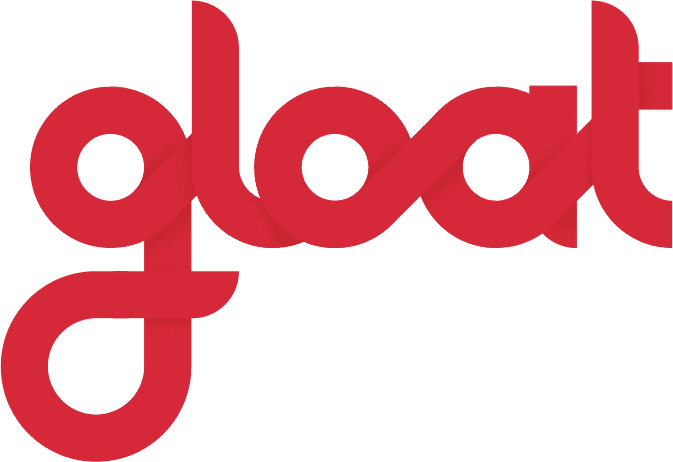How to boost efficiency during the Great Resignation
It’s possible to maintain output levels during the big quit. Here’s how.

We might be more than a year into the Great Resignation, but the change in how employees interact with companies shows no signs of stopping. As hiring became an employee’s market, companies that simply provided a role and a salary lost massive amounts of talent to organizations that prioritized career development and flexible work structures.
But as talented employees find better opportunities, the companies they departed are often left to scramble. The on-the-job training and organizational knowledge they’ve accumulated leaves with them and threatens to create knowledge gaps in project-critical areas. Between the potential lost productivity and future recruiting expenses, companies look at an overall cost of replacement that is 84% of an employee’s salary.
Months after professor Anthony Klotz first predicted a “Great Resignation” in which employees would leave their jobs en masse, churn rates continue to hit record-breaking levels. More than 47 million employees in the United States voluntarily left their jobs in 2021 with millions more resigning in the first quarter of 2022, including 4.5 million more in March 2022.
Fortunately, with the right tools and a strategic approach, subpar productivity doesn’t have to be your organization’s fate. But what does it take to upgrade efficiency during the Great Resignation?
Today, most leaders don’t need to be walked through the devastating impact of subpar retention rates, because they’re seeing it for themselves. Months after professor Anthony Klotz first predicted a “Great Resignation” in which employees would leave their jobs en masse, churn rates continue to hit record-breaking levels. In total, more than 38 million people have resigned in 2021.
As a result, companies are struggling to maintain output levels. And small-to-medium-sized enterprises that are growing quickly may be particularly vulnerable since they might not have another employee with similar skills who can pick up the slack when their colleague resigns. Fortunately, with the right tools and a strategic approach, subpar productivity doesn’t have to be your organization’s fate. But what does it really take to upgrade efficiency during the Great Resignation?
Let your people take charge of their careers
An engaged workforce is more than a win for your people—it’s a sure-fire way to improve your bottom line. Gallup finds that engaged workforces enjoy 21% greater profitability and a 17% boost in productivity.
But when employees are leaving in droves, how can you possibly keep your people motivated? Instead of relying on perks and benefits to improve engagement, leaders need to understand what employees care about.
Research shows that 3 in 10 workers aren’t on their desired career paths. That means approximately one-third of the workforce isn’t excited about their future with their company, and as result, they’re likely to become disengaged and less productive than a motivated counterpart. In contrast, when employees are put at the helm of their professional development, leaders can expect both engagement and output levels to climb.
Give everyone ample opportunity to upskill
In the new world of work, skills are the fuel you need to innovate, evolve, and unlock agility. So it’s no surprise that knowledge gaps come with a steep cost, especially when it comes to efficiency. 70% of professionals say skill gaps are impeding productivity at work.
Skill-building shouldn’t be reserved for new hires or junior-level employees. If you want to enhance efficiency, everyone needs access to learning and development opportunities, including employees who already have advanced training.
Nearly three-quarters of these highly skilled workers believe there are better opportunities outside of their organization. To prevent knowledge gaps from slowing productivity to a halt, employees need access to opportunities that will enable them to keep learning and growing, even once they’ve developed advanced competencies.
Put internal mobility above external recruiting
Unlike external candidates, employees already know how your business works and embrace its core values, allowing for greater speed in filling skill gaps. Internal hires routinely outperform and stay longer than external hires, lessening the burden of onboarding new talent. Though the reasons might be different for each employee, signaling to your workforce that their efforts are being rewarded creates a positive environment that engages people more than any branded coffee mug.
Despite these productivity advantages, many employers continue to overlook the powerful role that internal mobility can play in filling talent needs during the Great Resignation. And as a result, our survey shows that about two-thirds of employees think there are better opportunities outside of their company.
Take advantage of talent marketplaces
The Great Resignation was also a call to action. To hold on to talent and avoid the productivity drops that turnover inevitably causes, leaders must democratize access to opportunity and put employees in the driver’s seat of their careers.
It’s going to take more than minor tweaks to make these changes. The only way to recalibrate operating models is by leveraging disruptive technology that breaks down barriers and uncovers talent that may have once been overlooked. Talent marketplaces have emerged as crucial platforms that can level the playing field by matching employees to internal opportunities that align with their skills, experiences, and ambitions.
While the technology is still growing, employees already recognize the valuable role that the platforms can play in increasing talent visibility, and in turn, productivity.
The Great Resignation serves as a powerful reminder of what’s at the heart of every business’s success: people. No organization can afford to lose top talent. The good news is that with the right strategy, companies can create an environment that fosters growth and efficiency through internal mobility and upskilling.
For more insights about today’s turnover crisis and the steps you can take for your employees to achieve their full potential, download our Great Resignation Research Report.





